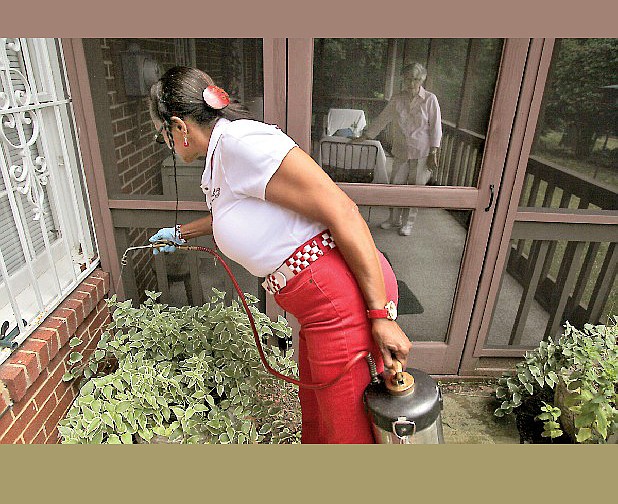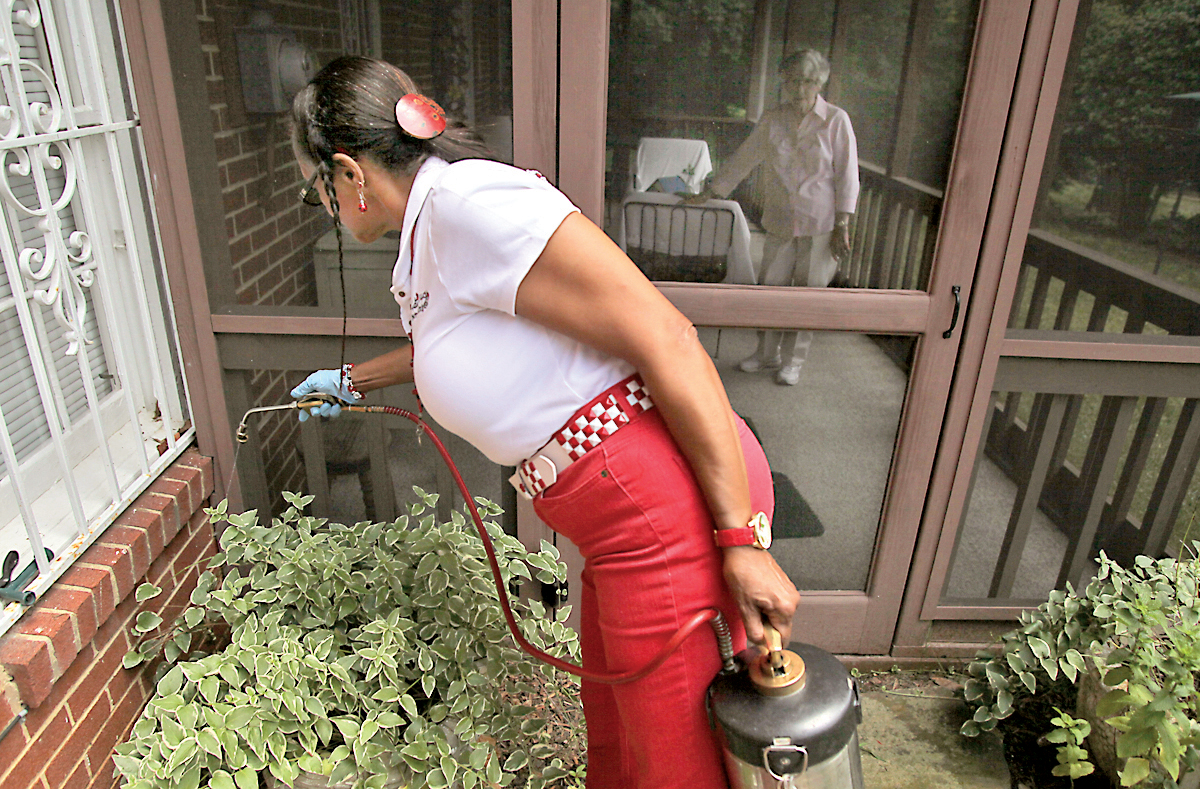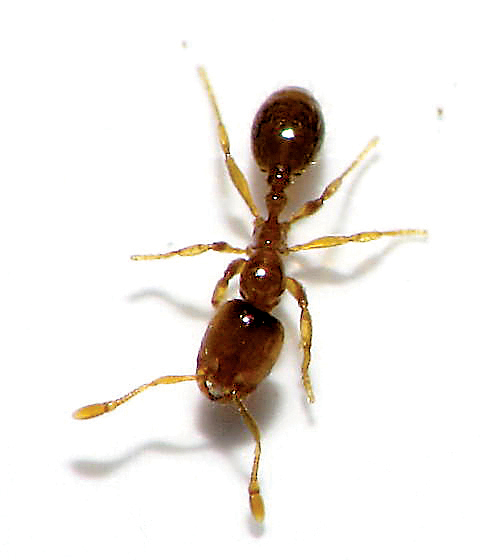THIEF ANTS• One of the smallest species, thief ants measure about 0.05 to 0.08 inches long. Their antennae have 10 segments with a two segmented club. They range in color from yellowish to brown.• Their nests occur in a great variety of locations outside, especially under rocks; they also may nest indoors in cracks and cupboards.• They feed on immature forms of other ants and insects; they also are attracted to greasy or high-protein foods, such as cheese and meat, which is why they're also called grease ants and sugar ants.• Queens lay eggs, which incubate and take 50 days to a few months to fully develop into adults.Source: Orkin.com
VIDEO
This story is featured in today's TimesFreePress newscast.
If you see a little ant about the size of a baby's freckle crawling around your kitchen, kill it (sorry, Buddhists). It's very likely a scout out looking for food such as cheese or greasy tidbits, and you don't want it getting back to tell others.
If you see a trail of them marching single file, too late. You have thief ants and they have set up house somewhere nearby. And there are likely thousands and thousands of them.
In either case, you should probably call an exterminator because spreading pepper, wiping down with vinegar and using spray bug killers will only work temporarily, according to experts.
"You need to spray outside and create a barrier to keep them from going inside," says Ola Phillips, owner of Lady Bug Exterminating.
Every year, it seems that some new pest invades people's homes, she says. In recent years, it was stink bugs, but this year, it's thief ants, so named because they nest near other pests, especially larger ants, and steal their larvae and food.
"We've been seeing a lot of them," Phillips says.
Recent heavy rains have soaked the thief ants' homes and forced them to look for other places to nest-- that often means your house.
"You have to keep ahead of the ants," says homeowner Wilma Dietzen. Phillips has been her exterminator since 1987 and, when she saw a few ants in her kitchen, she called.
"You can't do anything really," Dietzen says. "We have spray, but you need a professional. They are everywhere. People have told me to put out red pepper or vinegar, but they come back."
Oliver Mayfield, co-owner of Mayfield Brothers Pest Control in Chattanooga and Cleveland, Tenn., says a mild January and February is the reason for an abundance of thief ants (and other insects and rodents) in the area. And now that warm weather is here, ants are ferociously foraging for food.
And what better place to find food than in your home? Mayfield asks. In addition to feeding ourselves and our pets, many people feed outdoor creatures, most notably birds.
"Your house is the ideal location for ants because it's not only where we feed ourselves, but we also feed wild and domestic animals," he says "Because of this, our homes lend themselves to infestations."
Mayfield says last week he had a client complaining of ants and, when he got to her house, the first thing he noticed was 12 bird feeders hanging close by.
"The bird food that fell to the ground caused a huge infestation of ants," he says. "She was attracting the birds -- and the ants -- to her house. I suggested she move the bird feeders to the back of her lot."
Mayfield says you can purchase all the insecticide products available on the retail market, but unless you make a change in your lifestyle, the ants won't go away.
"It's important to make homeowners understand why they've become a target," he says.
Thief ants don't do much structural damage to a home, Phillips says, but they're a terrible nuisance and, because they feed on dead insects and rodents, they can transmit pathogens into human food. They are small enough to get almost anywhere, including inside food packaging.
They nest in hidden places, which make them difficult to eradicate. They love rotting wood and soil, but also will nest under countertops, behind baseboards and in the walls behind sinks.
They sometimes have two queens per nest, each pumping out eggs. And they are surrounded by thousands of workers.
Once they get inside the home, Phillips says the best thing is to have a professional put out an ant gel, which the workers take back to the nest.
"But setting up the perimeter outside is a must if you have ants," she says.
Mayfield, whose father started the company in 1952, says technology has finally caught up with the ant.
"There are available products on the professional level that are extremely environmental friendly and can even be used in areas where there are bedridden patients, where conventional chemicals can't be used," he says, noting that the product is not available on a retail level.
Staff writer Karen Nazor Hill contributed to this story.
Contact staff writer Barry Courter at bcourter@timesfreepress.com or 423-757-6354.


